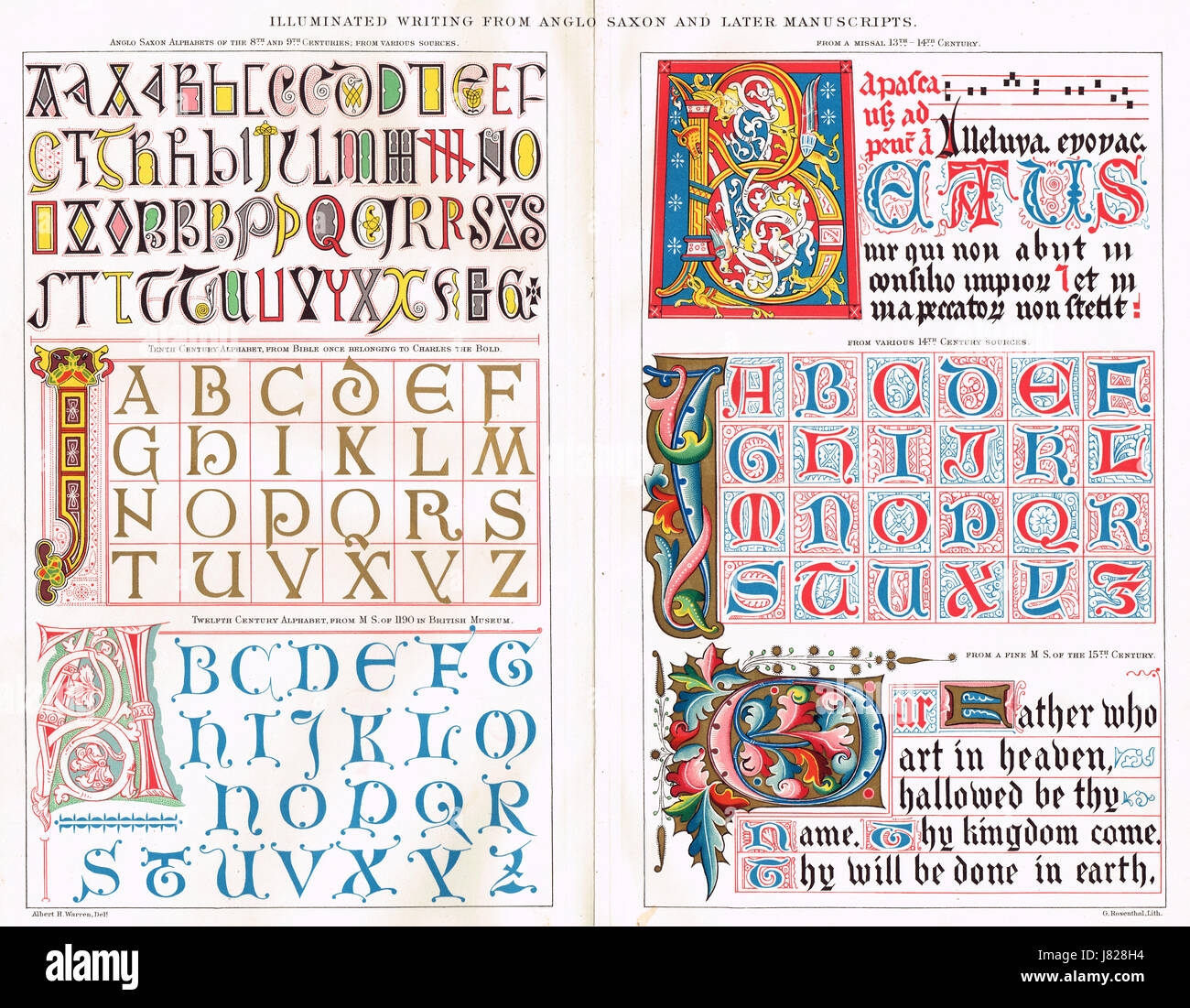Anglo Saxon writing system, also known as Anglo-Saxon runes, was used by the Germanic tribes in England during the early medieval period. This writing system is characterized by its angular shapes and straight lines, which were carved or inscribed onto various objects such as stone, wood, and metal. The Anglo-Saxon runes were used for writing messages, names, and magical inscriptions.
The Anglo-Saxon writing system consisted of a runic alphabet of 29 letters called the futhorc, named after the first six runes in the alphabet. Each rune represented a sound or a phoneme, and the runes were often used for writing Old English texts. The futhorc alphabet was divided into three groups known as ætt, each with its own magical and symbolic meanings.
One of the unique features of the Anglo-Saxon writing system is its association with magic and divination. The runes were believed to possess mystical powers and were often used for casting spells, invoking protection, or foretelling the future. This connection between writing and magic reflects the spiritual beliefs and practices of the Anglo-Saxon people during that time.
Despite its association with magic, the Anglo-Saxon writing system was also used for everyday communication and record-keeping. The runes were commonly inscribed on objects such as weapons, jewelry, and grave markers, providing valuable insights into the language and culture of the Anglo-Saxon people. The writing system continued to be used until the introduction of the Latin alphabet in the 7th century.
Overall, the Anglo-Saxon writing system is a fascinating glimpse into the linguistic and cultural heritage of early medieval England. Its unique blend of symbolism, magic, and practicality offers a rich tapestry of history and tradition for scholars and enthusiasts alike to explore and appreciate.
In conclusion, the Anglo-Saxon writing system played a significant role in the cultural and linguistic development of early medieval England. Its runes, with their distinctive shapes and meanings, provide valuable insights into the beliefs, practices, and language of the Anglo-Saxon people. This writing system continues to fascinate and intrigue researchers and enthusiasts seeking to unravel the mysteries of the past.
